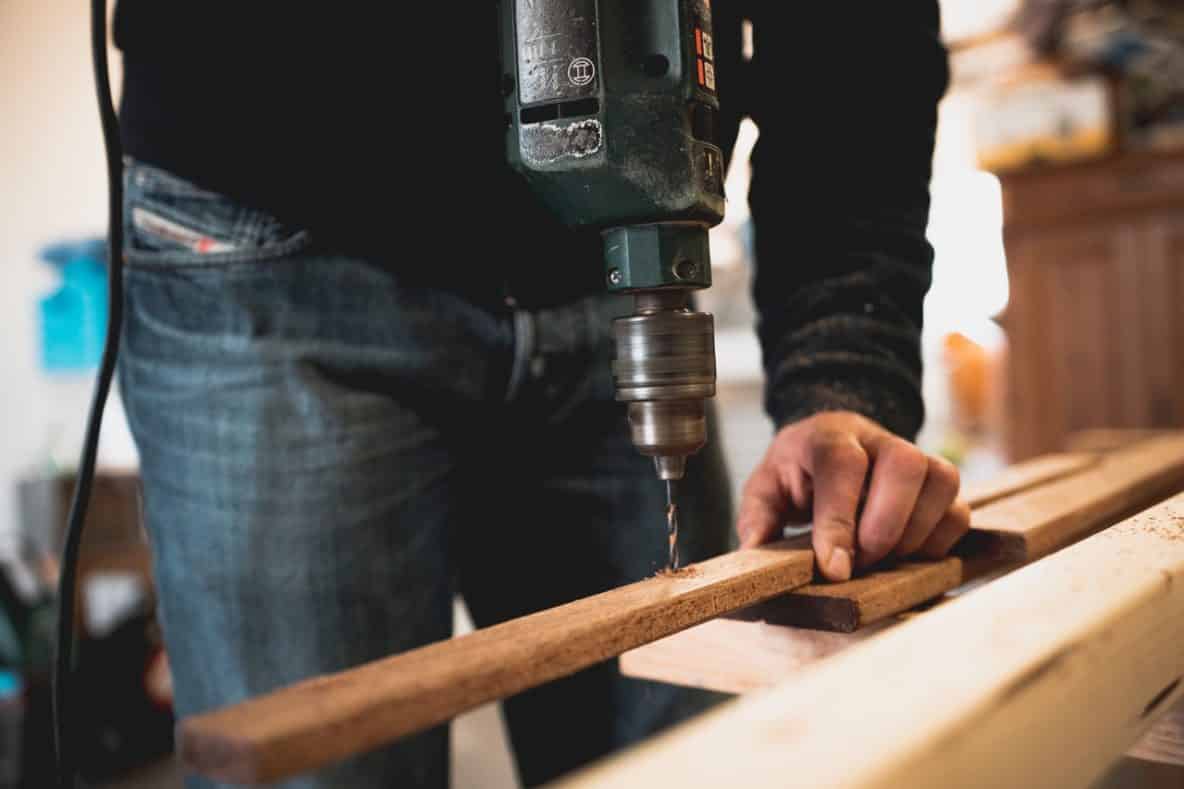Summary New York Carpenters Workers Comp Audit Preparation
I sat in on an audit with a Contractor client of mine with Class Code 5645 Carpentry- detached one-or two-family dwellings; 5190 Electrical Wiring within Buildings and 5445 Sheet Rock installation-within buildings & drivers.
This Contractor usually shuttered at the thought of his annual NY State Workers Comp Audit. NY Work Comp Law requires each insured to complete an annual audit where the estimated payroll is trued up with the payroll tax return where the actual payroll is determined. If the payroll was higher than the estimate the insured gets a bill for the difference. If the payroll was lower than estimated then the insured gets money back. And if you are a contractor the dreaded bill for uninsured subcontractors can be scary.
This client had no need to sweat this audit because he was prepared. He had each employee listed with their job description along with their annual payroll. He had a spreadsheet available will all payments to the subcontractors along with the corresponding certificates of insurance.
The end result was that the auditor was there for 20 minutes. Past audits for the same contractor had taken 1-2 hours. The less the auditor had to look for the less he dug. There was no additional premium. The auditor was happy because his job was easy and the client was satisfied because he didn’t receive a bill.
Contractors Work Comp audits don’t have to be a nightmare. Be prepared and ask your agent for help. For rate information and class code descriptions for New York Carpenters Workers Comp or other construction industry services, call Enforce Coverage Group.
NY Carpenters Workers Comp
SIC CODE: 1751 Carpentry Work
NAICS CODE: 23551 Carpentry Contractors
Suggested ISO General Liability Codes: 91340, 91341, 91342
Suggested Workers Compensation Codes: 5645, 5651, 5437, 5403
Description of Carpentry Operations for Workers Comp Insurance
Carpenters may be interior only, exterior only, or both. Exterior carpenters can do framing work, such as the building of the structural support frame for a building or structure. Interior carpentry is normally concerned with remodeling, repair, or finishing of a building or structure which may include window and doorframes, floors, stairs, or other built-in cabinets and shelving.
Property exposures at the carpenter’s own location usually consist of office operation, material, equipment, and vehicle storage. If the carpenter does woodworking at his shop, there is a heavy fire exposure. A careful review of the dust collection system, as well as separation and storage of flammable varnishes and glues, are mandatory. Some carpenters may have lumber exposure on-premises. The more lumber on-site, the higher potential for loss, so review should be based on the amount of storage and method. Often three-sided structures are used, which have a high potential for wind damage.
Inland marine exposures center on the items being transported to and from the job site. Carpentry equipment is not bulky, but if woodworking is done at the shop and then transported, there can be a significant exposure. Also, if there are lumber storage and transport in the business operations, there can be oversized loads. Lumber tends to shift so training in proper loading and tie-down is vital. Further equipment exposures develop from the actual use during construction. Is the equipment being used as it was designed to be used? Is the equipment’s load capacity routinely exceeded?
Equipment may be subject to drop and fall from heights or being struck by other vehicles. If equipment and supplies are left at job sites, what types of crime and vandalism protection are in place? What controls are used?
Premises liability must be taken into consideration. The on-premises exposure is light unless there is woodworking and/lumber storage. With outdoor storage comes vandalism and attractive nuisance exposures that must be protected against. The fire hazard to the insured also brings potential danger to neighbors, so controls in waste collection and fire control are important to protect the neighbors. Off-premises exposures include the use of saws around the work area and the need to keep visitors out of the way. If doing carpentry in existing structures, the insured must be careful about dust collection and scrap removal to prevent fire damage.
Completed operations are an important exposure. The carpenter provides the framework upon which others build. Quality control and full compliance with all construction, material, and design specifications are necessary.
Automobile exposures are limited unless there is the transport of lumber and pre-made items. Proper loading and tie-down are vital to prevent shifting and possibly falling from the vehicle. Age, training, experience, and drivers’ records, as well as the age, condition, and maintenance of the vehicles, are all important items to consider.
Workers’ compensation losses tend to be related more to the saws and nails than any other. Although the accident may be frequent, the exposure is relatively light. Properly installed guards, steel-toed shoes and eye protection are the minimum safety equipment that is required for any carpenter. Adequate supervision is essential to keep everyone safe on the job.
Attaching nail to wood is common to all carpenters; however, the exposure will vary based on the size of the job. The loss potential is very easily controlled and managed with common-sense safety measures and attention to the job.
Minimum recommended coverage:
Business Personal Property, Contractors’ Equipment, Employee Dishonesty, General Liability, Employee Benefits, Umbrella, Automobile Liability and Physical Damage, Hired and Nonownership Auto, Workers Compensation
Other coverages to consider:
Building, Business Income with Extra Expense, Accounts Receivables, Computers, Goods in Transit, Installation Floater, Employment Related Practices, Directors and Officers – for profit, Stop Gap Liability, Federal Employer Workers Compensation


